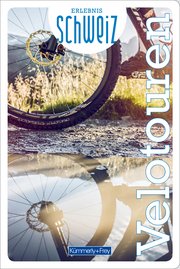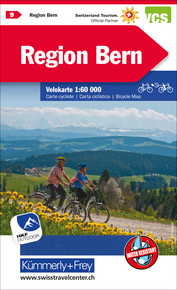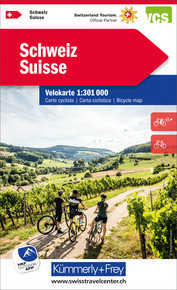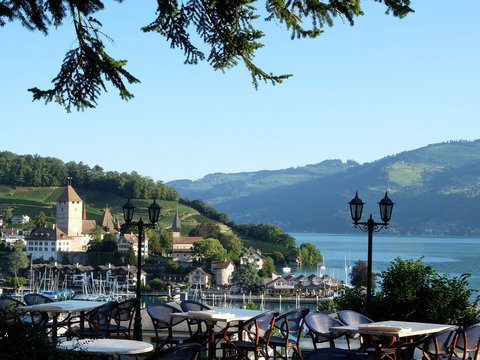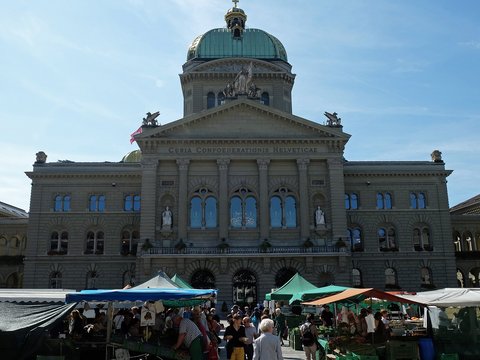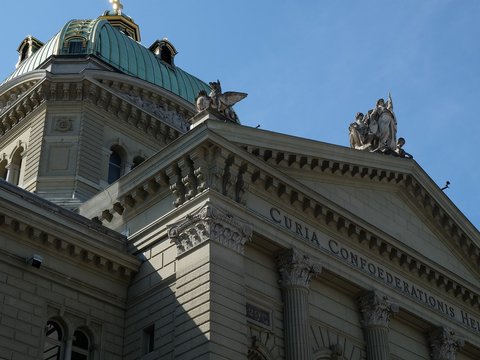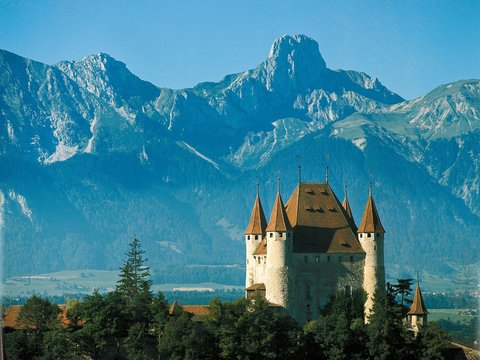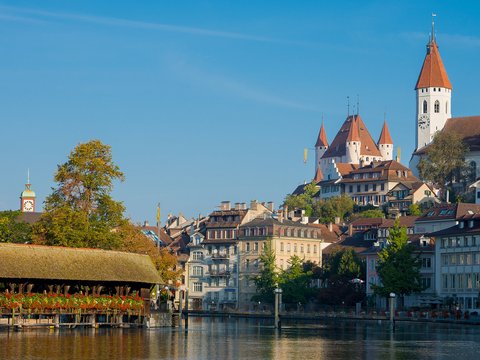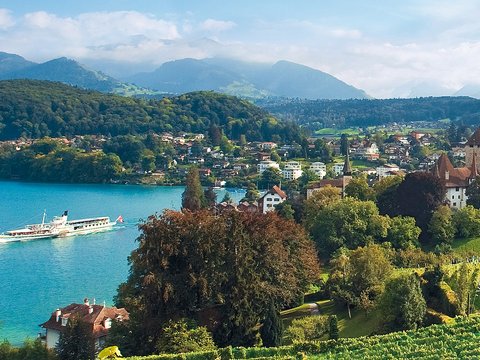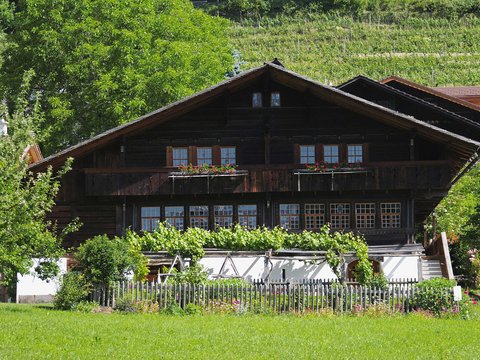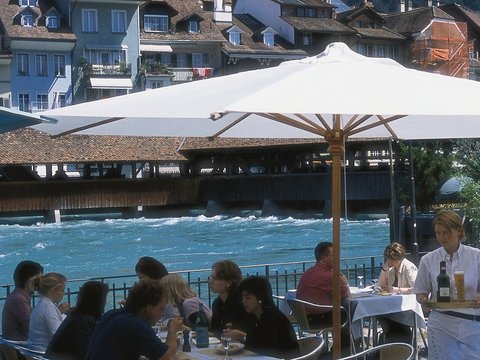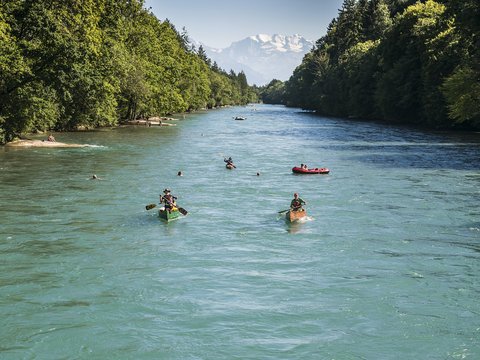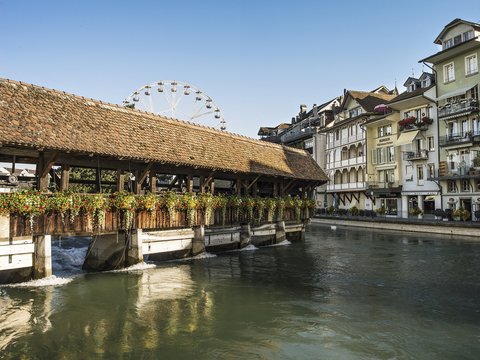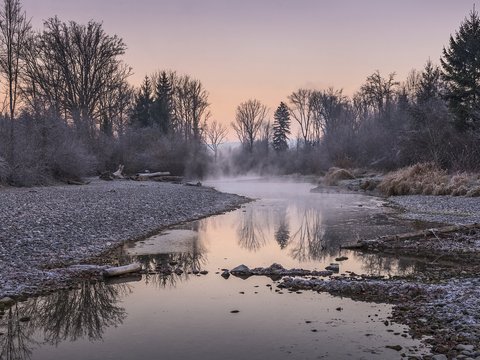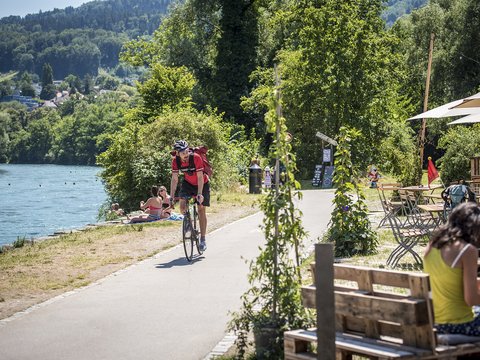By bike from the lake of Thun to the federal capital
Stage 3 of the Aare-Veloroute is 50 kilometres long and has only 10 kilometres of natural surface. The tour is considered to be rather easy and flat, there are hardly any strenuous ascents and descents. On the other hand, it is worth planning some time for cultural highlights in Spiez, Thun and Bern.
Already in Spiez, one should visit the castle situated directly at the Thunersee, the early Romanesque castle church as well as the cultivated park before the departure. On display are furnished living and representation rooms, including the 15th century apartment and courthouse, the Renaissance panel room and the early Baroque ballroom.
The tour then begins at the top of the station, following the bicycle signpost with number 8 to the west. Soon the cycle route leads spectacularly over the Kander. We turn into the Glütschbachtal - this is where the Kander used to flow towards Thuner Allmend and often caused flooding. 300 years ago, some people made the Kander breakthrough into Lake Thun.
Through picturesque woodland towards Thun. A visit to the old town with its high pass roads built due to flooding and the cosy cafés along the Aare is a must.
Between Thun and Bern it is the Aare and partly the accompanying motorway that determine the route. The Bern-Belp airfield will later be passed on quiet roads. A short ascent leads up to Wabern, from where a first view of the old town of Bern opens up. Once again down to the Aare. Through the narrow and winding lanes of Bern's old town you finally reach the Bundesplatz.
Realised by Roland Baumgartner
www.bgr.ch

Arrival:
Train, ship or car to Spiez. Return transport by train from Bern directly to Spiez.
Another tip:
Swimming in the Aare, swimming pools in Münsingen, Muri and the Marzili bath in Bern.

